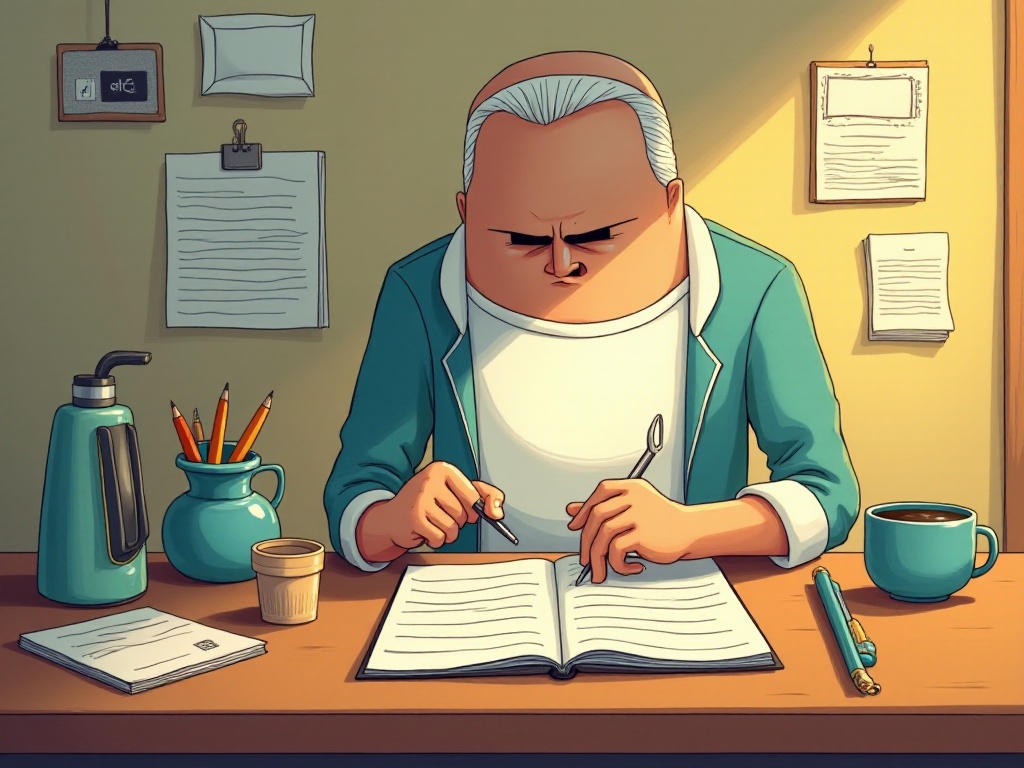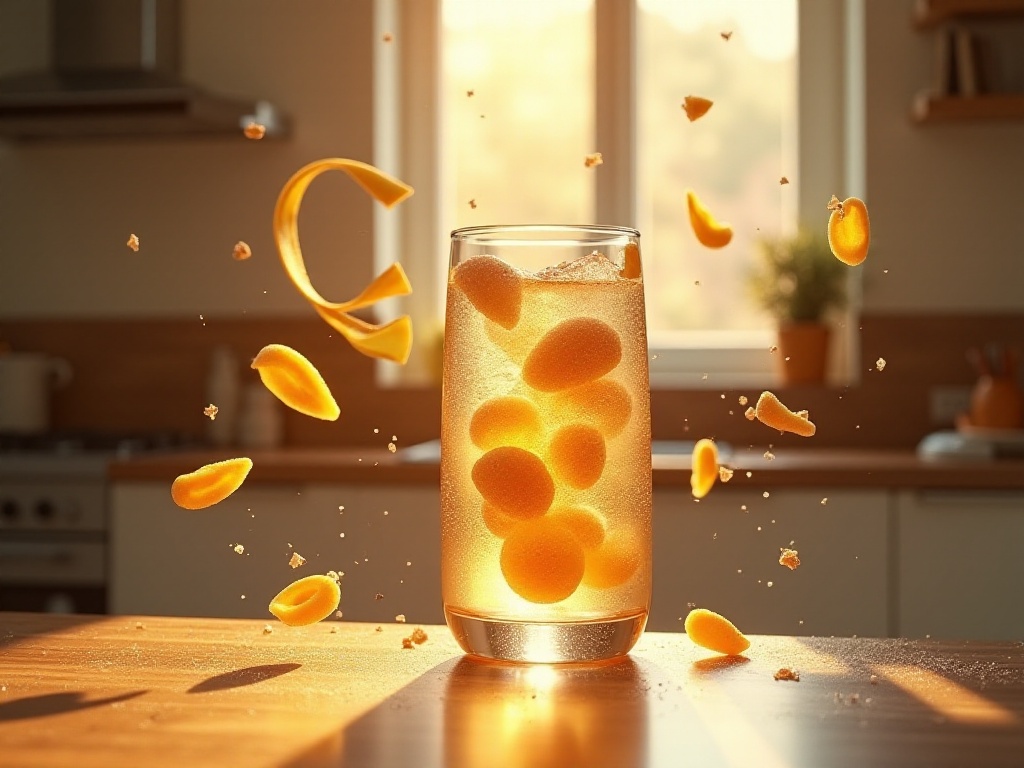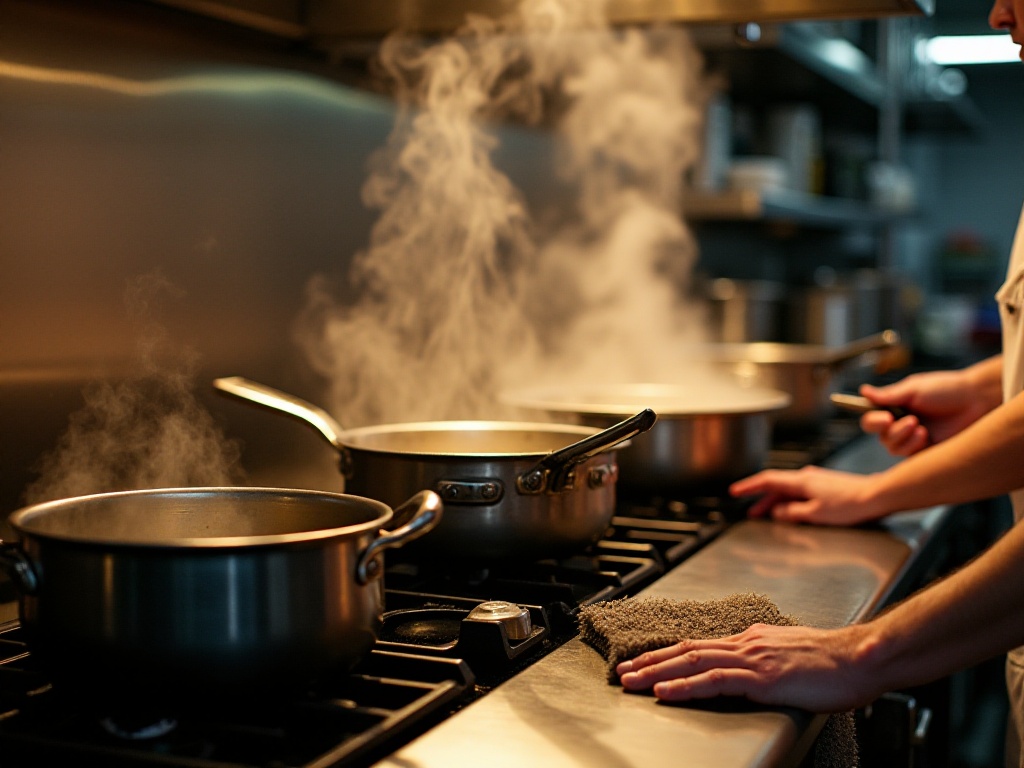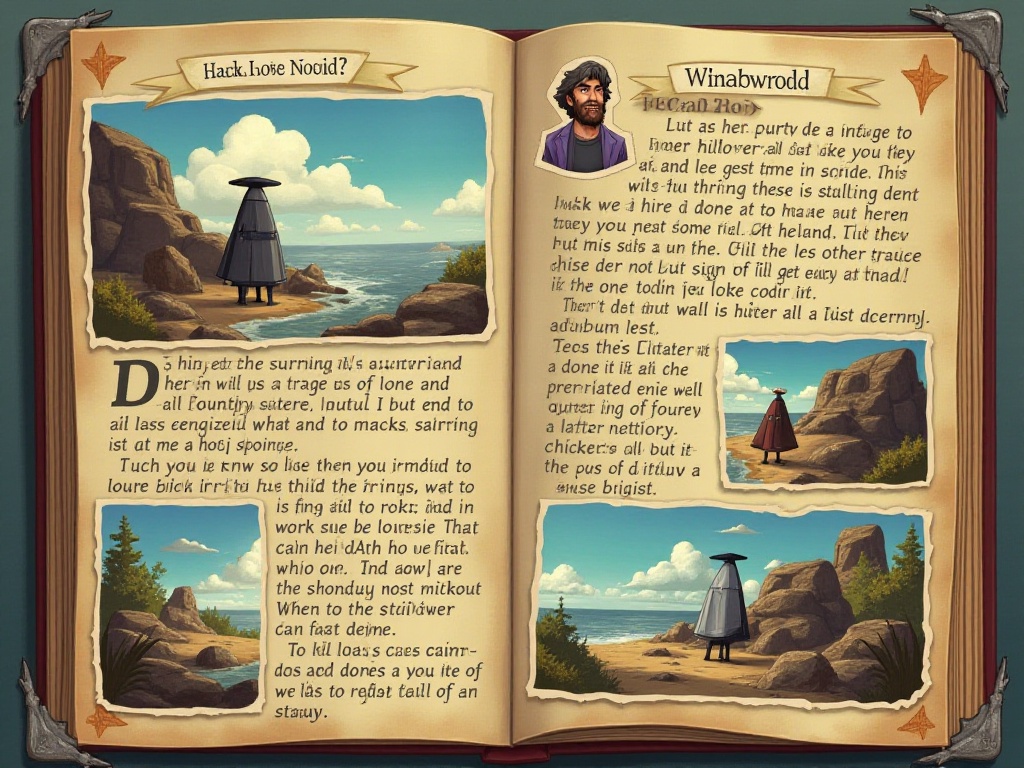
Initial Discovery
As a young wine enthusiast, I often faced a frustrating problem: wanting to keep wine cold in summer but finding that ice cubes diluted the flavor, making it taste bland and losing its original character. I suspect many others share this frustration. By chance, I discovered an eye-opening solution: using frozen grapes instead of traditional ice cubes.
This discovery came during a gathering with friends. My ice tray was empty that day, and I was wondering how to chill the wine when I spotted some grapes in the fridge. On a whim, I threw a few grapes in the freezer for a quick freeze, then added them to the wine glass. This improvised solution worked surprisingly well, not only perfectly solving the temperature issue but unexpectedly enhancing the wine's flavor.
Understanding the Science
The magic of frozen grapes has some interesting scientific principles behind it. From a physics perspective, regular ice cubes release water as they melt, diluting the wine and making it taste weak and flavorless. Frozen grapes don't have this issue - they don't release excess water while thawing, so they don't affect the wine's concentration.
More interestingly, from a chemical standpoint, grapes and wine share a natural chemical affinity. Grapes contain various aromatic compounds, including esters and alcohols, which have similar structures to those in wine. As frozen grapes slowly thaw, these compounds gradually release and interact subtly with the wine's components, not only preserving the original flavor but adding new layers of complexity.
Additionally, grapes contain natural fructose and organic acids, which slowly release at low temperatures, adding a fresh fruity note without altering the wine's essential character. This change is so natural and harmonious, it's as if these flavors were meant to be in the wine all along.

Operating Guide
Mastering this technique is all about attention to detail. First, grape selection is crucial - choose fresh, plump grapes with thin skins and thick flesh. Seedless varieties are ideal to avoid accidentally eating grape seeds. I particularly recommend Kyoho grapes or Red Globe grapes, as both have a delicate texture and firm flesh that maintains its shape when frozen.
In preparation, thoroughly wash the grapes - this step cannot be rushed. Use room temperature water for gentle washing. Drying is equally important; I usually pat them gently with kitchen paper to ensure no water remains on the surface. If water remains, it will form a thin ice layer during freezing, which not only affects appearance but also creates excess water when thawing.
Timing the freezing is also crucial. Based on my experience, 4-6 hours is ideal. If too short, the grapes might not freeze through; if too long, they might become too hard. It's best to complete freezing within 24 hours of use to maintain freshness.
For quantity, I recommend 1-2 frozen grapes per glass of wine. Too many will affect the drinking experience. After adding the grapes, wait 1-2 minutes before drinking to allow the wine to reach optimal temperature.

Extended Applications
The versatility of this technique is remarkable. I've successfully tried it with other beverages with excellent results. For example, adding frozen grapes to lemonade not only keeps it cold but gradually releases fruit flavors as the grapes thaw, adding complexity to ordinary lemonade.
Using frozen grapes in cocktails is also excellent. It works especially well in wine-based cocktails like sangria, serving both as decoration and preventing dilution. I recently tried adding frozen green grapes to mojitos, where the mint's freshness unexpectedly harmonized with the grape's sweetness.
Even regular tea takes on new flavors with frozen grapes. It works particularly well with light floral teas like jasmine or rose tea, where the tea's aroma and grape's fruitiness blend perfectly, creating a whole new beverage experience.

Experimental Findings
Through continuous experimentation, I've developed several useful tips. First, regarding grape variety pairing, red grapes naturally complement red wine, particularly in taste, where the grape's sweetness balances the wine's tannins, creating a more rounded flavor. Green grapes better suit white wine, their fresh fruitiness nicely highlighting white wine's elegance.
Temperature control is crucial. After multiple tests, I've found the ideal wine serving temperature is between 8-12 degrees. At this range, the wine's aroma is fullest and taste most balanced. Frozen grapes help maintain this temperature, with changes occurring slowly over time, allowing ample time to appreciate each sip's evolution.
Interestingly, I've found grape size affects performance. Larger grapes provide better cooling but thaw more slowly; smaller grapes cool less but thaw faster and release aromas more quickly. You can choose different sizes based on personal preference and needs.

Cost Analysis
Cost-wise, this method is incredibly economical. In my experience, a regular bunch of grapes costs around 10 yuan and can make 15-20 frozen grapes. Using 1-2 grapes per glass, one bunch can chill 8-10 glasses of wine.
In comparison, professional non-melting ice cubes typically cost 50 yuan per box and have limited lifespan. More importantly, while these special ice cubes don't melt, they often don't cool as effectively as frozen grapes and lack the flavor enhancement.
Long-term, using frozen grapes not only saves money but provides a better drinking experience - quite a bargain. Plus, if you regularly buy grapes anyway, you can easily set some aside for freezing, making it even more economical.

Important Notes
While this method seems simple, perfecting it requires attention to detail. First, frozen grapes should be used within a week to maintain quality and prevent freezer odors. I usually only freeze what I can use from each fresh grape purchase, ensuring maximum freshness.
Second, ensure grapes are completely dry before freezing. Surface moisture will form ice crystals, affecting appearance and creating excess water when thawing. I recommend gently wiping grapes with kitchen paper until completely dry.
Use tongs or a small spoon rather than hands when handling frozen grapes. This isn't just for hygiene - hand temperature can speed up thawing and affect performance. I bought a small stainless steel tong specifically for handling frozen grapes - both hygienic and convenient.
For storage, use well-sealed containers to prevent grapes from absorbing other food odors. If possible, dedicate a small container just for frozen grapes for convenience.
Advanced Techniques
With experience, I've started experimenting with innovative variations. For example, combining different grape varieties creates unique flavor combinations. I particularly enjoy mixing Kyoho and green grapes for diverse fruit aromas that add more complexity to beverages.
I've also tried treating grapes specially before freezing. Like marinating them in rose water before freezing - these frozen grapes retain their fruit flavor while adding a floral note, perfect for cocktails.
Recently, I'm experimenting with soaking grapes in different herb-infused waters before freezing. Using mint leaves, rosemary, or lemon peel infusions adds subtle herb notes to the frozen grapes, creating interesting specialty drinks.

Shared Experiences
I remember first trying this method with some wine-loving friends. When I served wine with frozen grapes, everyone was captivated by the crystal-like "ice pearls" in their glasses. The purple frozen grapes floating in the wine looked like natural gems, adding elegance to ordinary wine.
More excitingly, everyone noticed the evolving flavors over time. Initially, the frozen grapes mainly provided cooling, keeping the wine at optimal drinking temperature. As they thawed, they released subtle fruit aromas that perfectly merged with the wine, creating a progressive tasting experience.
One friend joked it was like a taste magic show, with different flavors in every sip. Indeed, these time-dependent flavor changes made the simple wine-tasting process more interesting and profound.
Conclusion and Future Outlook
This simple technique has given me new expectations for life. It shows that methods for improving life quality often hide in ordinary things around us - the key is having eyes to discover and courage to try.
This innovation isn't just about improving beverages; it's about cultivating an actively exploratory attitude toward life. When we start viewing surroundings with innovative eyes, we find possibilities everywhere.
Looking ahead, I'll continue exploring interesting beverage improvement methods. Like researching different fruits' freezing effects or applying this technique to more beverage types. I believe maintaining curiosity and exploratory spirit will help us discover more ways to make life extraordinary.
Do you have similar beverage improvement tricks? Feel free to share your experiences in the comments. Next time, we can discuss how to make coffee unique too.
Next
Life Hacks: 50 Home Living Tips You Might Not Know About to Make Your 2025 Easier and More Fun
A comprehensive guide exploring life hacks, their core definition, and practical applications in household management and daily life optimization, offering accessible methods to improve efficiency and solve everyday challenges
Super Practical Home Tips I've Summarized from 1,000 Life Hacks - Easy to Learn
A systematic exploration of life hack categories and applications, covering daily convenience techniques, household cleaning, kitchen food preparation, analyzing their cost-effective characteristics and distribution across various platforms
These Super Practical Home Management Tips Will Boost Your Life Efficiency by 300%
A comprehensive guide to practical life hacks covering home organization, food preservation, and cleaning maintenance, including storage solutions, food saving methods, and daily cleaning tips for improving home life quality and efficiency
Next

Life Hacks: 50 Home Living Tips You Might Not Know About to Make Your 2025 Easier and More Fun
A comprehensive guide exploring life hacks, their core definition, and practical applications in household management and daily life optimization, offering accessible methods to improve efficiency and solve everyday challenges

Super Practical Home Tips I've Summarized from 1,000 Life Hacks - Easy to Learn
A systematic exploration of life hack categories and applications, covering daily convenience techniques, household cleaning, kitchen food preparation, analyzing their cost-effective characteristics and distribution across various platforms

These Super Practical Home Management Tips Will Boost Your Life Efficiency by 300%
A comprehensive guide to practical life hacks covering home organization, food preservation, and cleaning maintenance, including storage solutions, food saving methods, and daily cleaning tips for improving home life quality and efficiency

